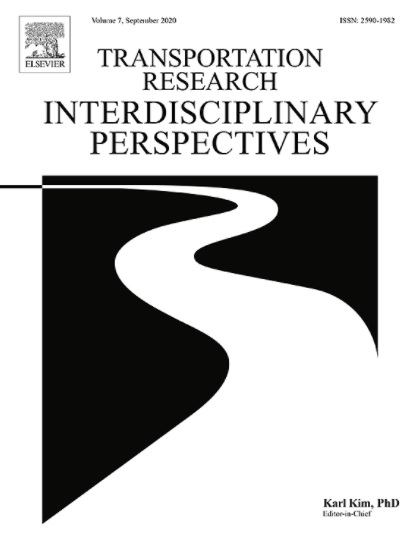
Depression has been found to significantly increase the probability of risky driving and involvement in traffic collisions. The majority of studies correlating depressive symptoms with driving, pursue to predict the differences in driving behavior if the driver has already been diagnosed. Little evidence can be found, however, on how mental and psychological disorders can be identified from driving data, and usually analyses utilize simple models and aggregated data. This study aims at utilizing microscopic data from a driving simulator to detect sessions belonging to “depressed” drivers by utilizing powerful machine learning classifiers. Driving simulator sessions from 11 older drivers with symptoms of depression and 65 healthy drivers were utilized towards that aim. Random Forests, an ensemble classifier, with proven efficiency among transportation applications, are then trained on highly disaggregated data describing the mean and standard deviation of speed and lateral or longitudinal acceleration of drivers in the simulator. The kinematic data were aggregated in 30-seconds, 1-minute and 5-minute intervals, but the corresponding time-series of the measurements were also taken into account. Furthermore, classifiers were treated with imbalanced learning techniques to address the scarcity of depressed drivers among the healthy. Time-series of mean speed and the standard deviation of longitudinal acceleration even with a duration of 30-seconds have proven to be the best predictors of driving sessions belonging to depressed drivers with a very low rate of false alarms. The results outperform previous approaches, and indicate that naturalistic driving data or deep learning could prove even more efficient in detecting depression.
| ID | pj185 |
| Manuscript | |
| DOI | |
| Tags | driver behaviour, driving simulator |







